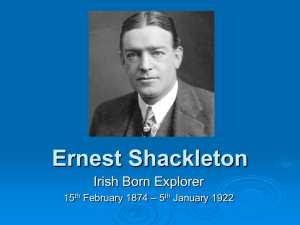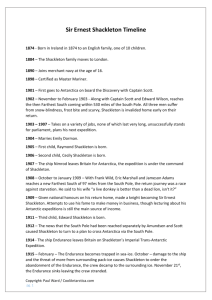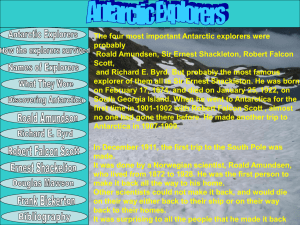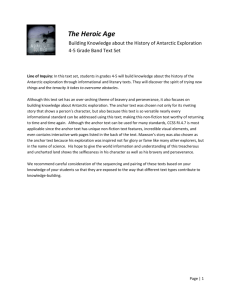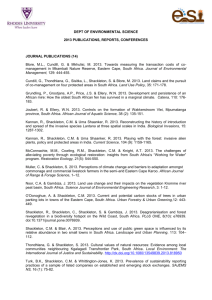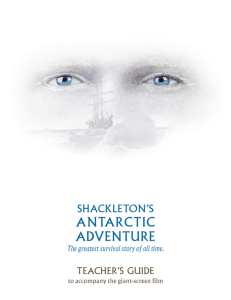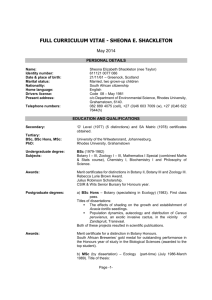Letter S biographies
advertisement
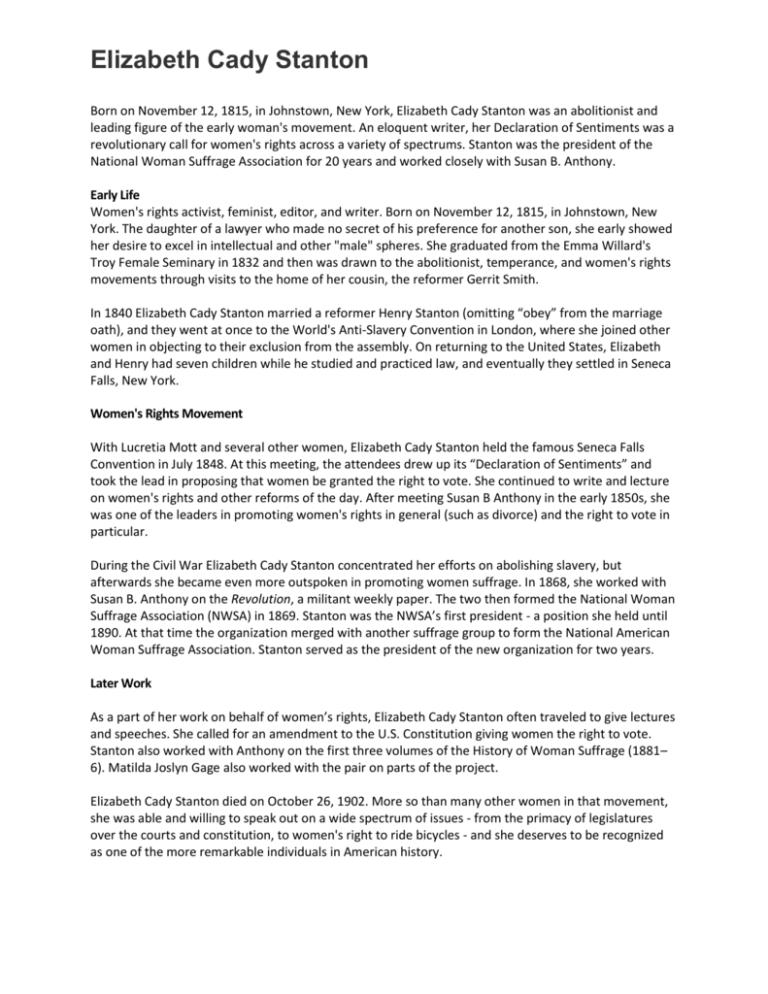
Elizabeth Cady Stanton Born on November 12, 1815, in Johnstown, New York, Elizabeth Cady Stanton was an abolitionist and leading figure of the early woman's movement. An eloquent writer, her Declaration of Sentiments was a revolutionary call for women's rights across a variety of spectrums. Stanton was the president of the National Woman Suffrage Association for 20 years and worked closely with Susan B. Anthony. Early Life Women's rights activist, feminist, editor, and writer. Born on November 12, 1815, in Johnstown, New York. The daughter of a lawyer who made no secret of his preference for another son, she early showed her desire to excel in intellectual and other "male" spheres. She graduated from the Emma Willard's Troy Female Seminary in 1832 and then was drawn to the abolitionist, temperance, and women's rights movements through visits to the home of her cousin, the reformer Gerrit Smith. In 1840 Elizabeth Cady Stanton married a reformer Henry Stanton (omitting “obey” from the marriage oath), and they went at once to the World's Anti-Slavery Convention in London, where she joined other women in objecting to their exclusion from the assembly. On returning to the United States, Elizabeth and Henry had seven children while he studied and practiced law, and eventually they settled in Seneca Falls, New York. Women's Rights Movement With Lucretia Mott and several other women, Elizabeth Cady Stanton held the famous Seneca Falls Convention in July 1848. At this meeting, the attendees drew up its “Declaration of Sentiments” and took the lead in proposing that women be granted the right to vote. She continued to write and lecture on women's rights and other reforms of the day. After meeting Susan B Anthony in the early 1850s, she was one of the leaders in promoting women's rights in general (such as divorce) and the right to vote in particular. During the Civil War Elizabeth Cady Stanton concentrated her efforts on abolishing slavery, but afterwards she became even more outspoken in promoting women suffrage. In 1868, she worked with Susan B. Anthony on the Revolution, a militant weekly paper. The two then formed the National Woman Suffrage Association (NWSA) in 1869. Stanton was the NWSA’s first president - a position she held until 1890. At that time the organization merged with another suffrage group to form the National American Woman Suffrage Association. Stanton served as the president of the new organization for two years. Later Work As a part of her work on behalf of women’s rights, Elizabeth Cady Stanton often traveled to give lectures and speeches. She called for an amendment to the U.S. Constitution giving women the right to vote. Stanton also worked with Anthony on the first three volumes of the History of Woman Suffrage (1881– 6). Matilda Joslyn Gage also worked with the pair on parts of the project. Elizabeth Cady Stanton died on October 26, 1902. More so than many other women in that movement, she was able and willing to speak out on a wide spectrum of issues - from the primacy of legislatures over the courts and constitution, to women's right to ride bicycles - and she deserves to be recognized as one of the more remarkable individuals in American history. Sir Ernest Shackleton Sir Ernest Henry Shackleton was a British explorer who in 1901 joined an expedition to the Antarctic. He was sent home early due to bad health. Devoted to creating a legacy, he led the Trans-Antarctic Expedition. Disaster struck when his ship, the Endurance, was crushed by ice. He and his crew drifted on sheets of ice for months until they reached Elephant Island. Shackleton eventually rescued his crew, all of whom survived the ordeal. He later died while setting out on another Antarctic expedition. Early Career Ernest Henry Shackleton was born February 15, 1874, in County Kildare, Ireland. The second of 10 children and oldest son, he was raised in London, where his family moved when Shackleton was a young boy. Despite the urging of his father, a doctor, that he follow in his footsteps and go to medical school, the 16-year-old Shackleton joined the merchant navy, achieving the rank of first mate by the age of 18, and becoming a certified master mariner six years later. Those early years in the merchant navy saw Shackleton travel extensively. In 1901 he joined noted British naval officer and explorer Robert Falcon Scott on a difficult trek to the South Pole that placed the two men, plus one other, closer to the Arctic than anyone else previously. The trip, however, ended poorly for Shackleton, who fell seriously ill and had to return home The Endurance Shackleton's South Pole expedition with Scott sparked within the young explorer an obsession to reach the Antarctic. In 1907 he made another attempt at achieving his goal, but again he fell short, coming within 97 miles of the pole before brutal conditions forced him to turn back. In 1911, Shackleton's dream of becoming the first person to set foot on the South Pole was shattered, when Norwegian explorer Roald Amundsen reached the earth's most southerly point. The achievement forced Shackleton to set his sights on a new mark: crossing Antarctica via the South Pole. On August 1, 1914, Shackleton departed London on the ship Endurance for his third trip to the South Pole. By late fall the crew had reached South Georgia in the southern Atlantic. On December 5, the team departed the island, the last time Shackleton and his men would touch land for an astonishing 497 days. In January 1915, the Endurance became trapped in ice, ultimately forcing Shackleton to lead his men to vacate the ship and set up camp on the floating ice. After the boat sank later that year, Shackleton embarked on an escape in April 1916, in which he and his men crowded into three small boats and made their way to Elephant Island. Seven hard days on the water culminated in the team reaching their destination, but there was still little hope in getting rescued on the uninhabited island, which, because of its location, sat far outside normal shipping lanes. Seeing that his men were on the brink of disaster, Shackleton led a team of five others out on the water again. They boarded a 22-foot lifeboat and navigated their way toward South Georgia. Sixteen days after setting out, the crew reached the island, where Shackleton trekked to a whaling station to organize a rescue effort. On August 25, 1916, Shackleton returned to Elephant Island to rescue the remaining members of his crew. Astonishingly, not a single member of his 28-men team died during the nearly two years they were stranded. Respect for Shackleton's heroism and leadership didn't immediately follow. But over the last half-century, as his story became the subject of more historical research, the account of the Endurance and how Shackleton averted total disaster has elevated his standing and made him a principal figure of the period known as the Heroic Age of Antarctic Exploration.

